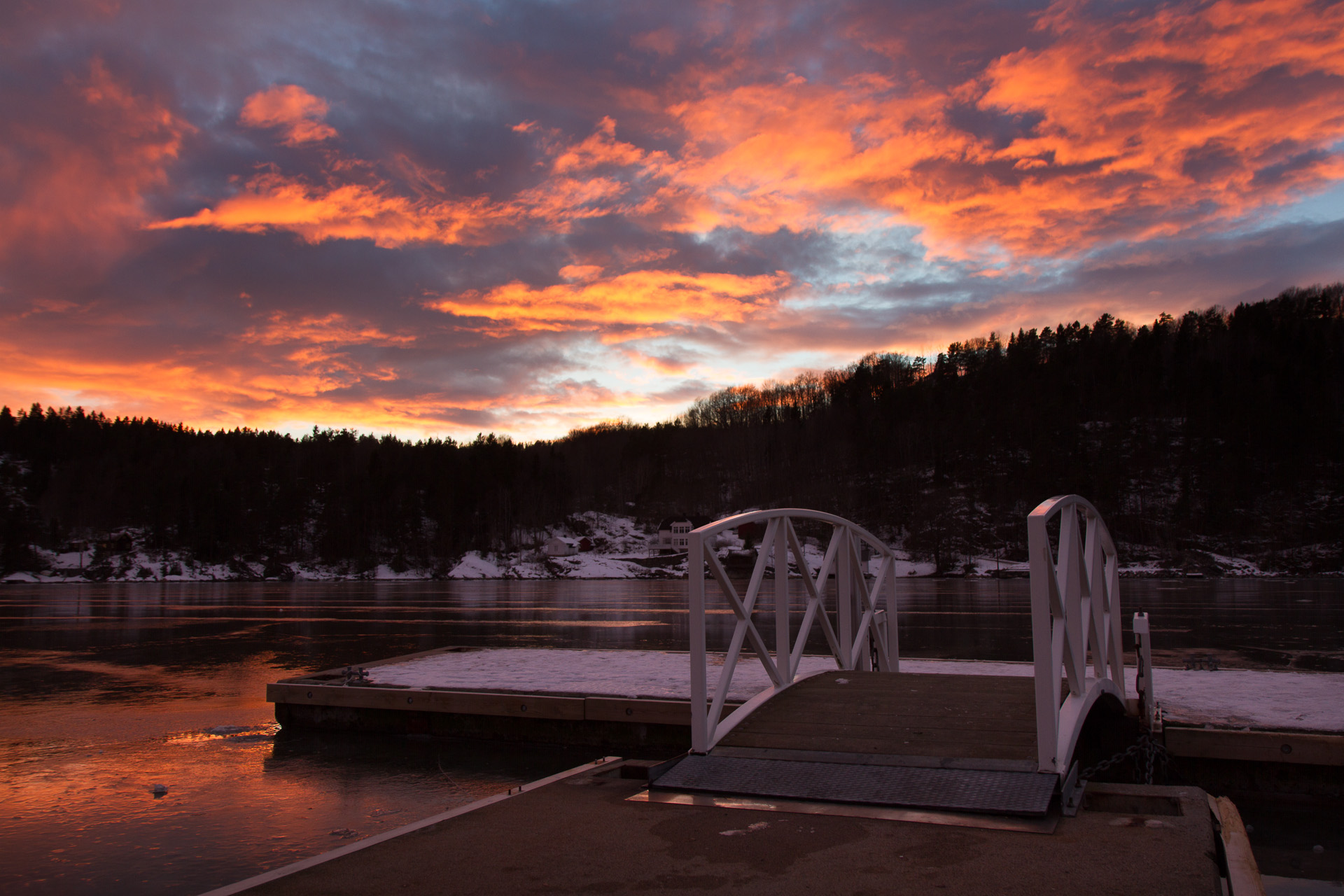Sometimes life is too complicated to read a two thousand word article about a simple concept.
Here are the short and sweet explanations of some key photography concepts to save you time. This will be updated on an ongoing basis. Feel free to use the Contact Page to send questions.
Here we go…
What is Aperture?
Aperture is the opening of a lens. A wider opening means more light, but also that less area is in focus. Narrower means the opposite.
What is Shutter Speed?
Shutter Speed is how fast the picture is taken. Fast speeds freeze action; slow speeds take in more light. The speed needed to freeze action depends on how fast the subject of the picture is moving.
What is ISO?
ISO is the sensitivity of the camera sensor. Lower sensitivity is better quality but less light. Higher is the opposite.
What is Bokeh?
Bokeh is the out-of-focus blur in a picture. The amount of blur is based on the camera’s aperture and the distance from the focus point to the background. A wide aperture (low number) creates more blur. More distance to the background creates more blur.
How do I make the background blurry in a portrait picture?
Use a wide aperture. A wide aperture means a low f-stop number, like 2.8 or lower. Not all lenses can go so wide; usually the more expensive the lens, the wider the aperture can go.
The other option is stand farther away from your subject and zoom in. Through the magic of optics, this also creates background bokeh.
What does DSLR stand for?
Digital Single-Lens Reflex Camera. Basically it means a camera that can change lenses.
Why is my picture blurry?
Assuming your focus was correct, either your picture was taken too slowly or your subject is moving too quickly (or both). In the first case, the action of pressing the button shakes the camera enough to create blur. Correct this by setting a faster shutter speed or using a tripod.
If your subject is blurring because they are moving quickly, using a tripod won’t fix this. Set a faster speed. There is no one-size-fits-all number. It depends on how fast the subject is moving.
If you missed your focus, that’s why your picture is blurry.
Why does my focus miss sometimes?
Cameras don’t know what they are looking at. The focus point is decided by the spot with most contrast within the set focus area. If it is dark, if your subject is moving very fast, or if you are focusing on something without much contrast, your camera won’t be able to lock on.
How do I focus on something that is moving really fast?
Try pre-focusing. Focus on a spot where your subject will be before it gets there. When the subject reaches that point, snap the picture. Use burst mode is you want a higher chance of nailing the picture.
How fast of a picture can a DSLR take?
The best DSLRs top out at around 1/8000th of a second. Unless your photographing a bullet in flight, that’s probably enough for whatever you have in mind.
How slow of a picture can a DSLR take?
For defined intervals, the max shutter speed is usually around 30 seconds. But cameras also have a Bulb mode where you can keep the shutter open for as long as you want. You’ll need to use a tripod, otherwise you’ll get a blurry mess.
Which is better: Canon and Nikon?
They’re the same. No, that’s not true. But they usually bounce back and forth. One might be better at HD video while the other has better focus, etc. In the end, knowing how to use the camera is more important than its specs.
What do the numbers on a camera lens mean?
Example 1: 17-55mm f3.5-5.6
17-55mm is the zoom range of the lens. The maximum (widest) aperture is variable. When the camera is not zoomed in, the max aperture is 3.5. When it is zoomed in, the max aperture is 5.6.
Example 2: 70-200mm 2.8
The lens can zoom from 70 to 200 mm. The maximum aperture is 2.8, regardless of the amount of zoom.
What is a prime lens?
A lens that doesn’t zoom. Because making a lens that doesn’t zoom requires less glass, the quality is usually better. These lenses are often preferred for portraits.
What is the difference between RAW and JPG?
JPG images are compressed, which makes their file sizes smaller (approx 10MB per picture on a Canon 7D) but removes a lot of flexibility when it comes to editing. RAW files store more information, allowing you to more precisely edit details such as white balance after the fact. The trade off is that a RAW picture is at least double the file size (approx 25MB per picture on a Canon 7D)
What does the cover image have to do with this post?
Nothing. But it’s a cool and colourful image, isn’t it?

